After crossing lake Vättern we just made to the last opening of the road bridge and Suwena was moored to the guest harbour in Karlsborg.
On Tuesday morning we took a two kilometres’ walk to the fortress of Karlsborg. To our surprise the fortress area was huge indeed. The fortress’s main building is mindbogglingly enormous, its length is 678 metres. Just the walk from one edge of fortress to another takes a good 10 minutes because the whole area is bigger than 170 football fields. We bought tickets to the fortress’s adventure tour and again noticed that the season wasn’t yet started because the guided tours were made only in Swedish. We got MP3 players with English guidance so let’s join the group.
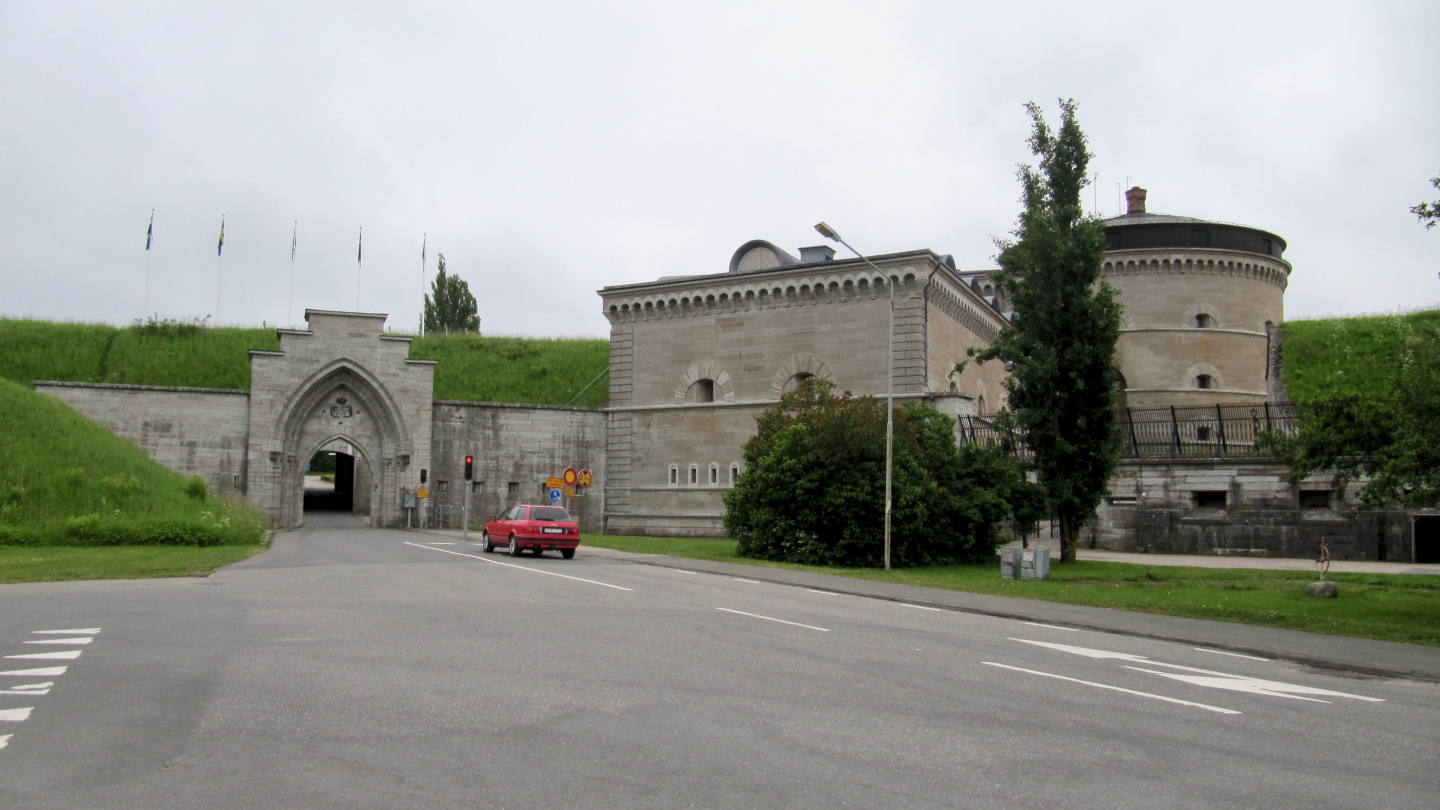
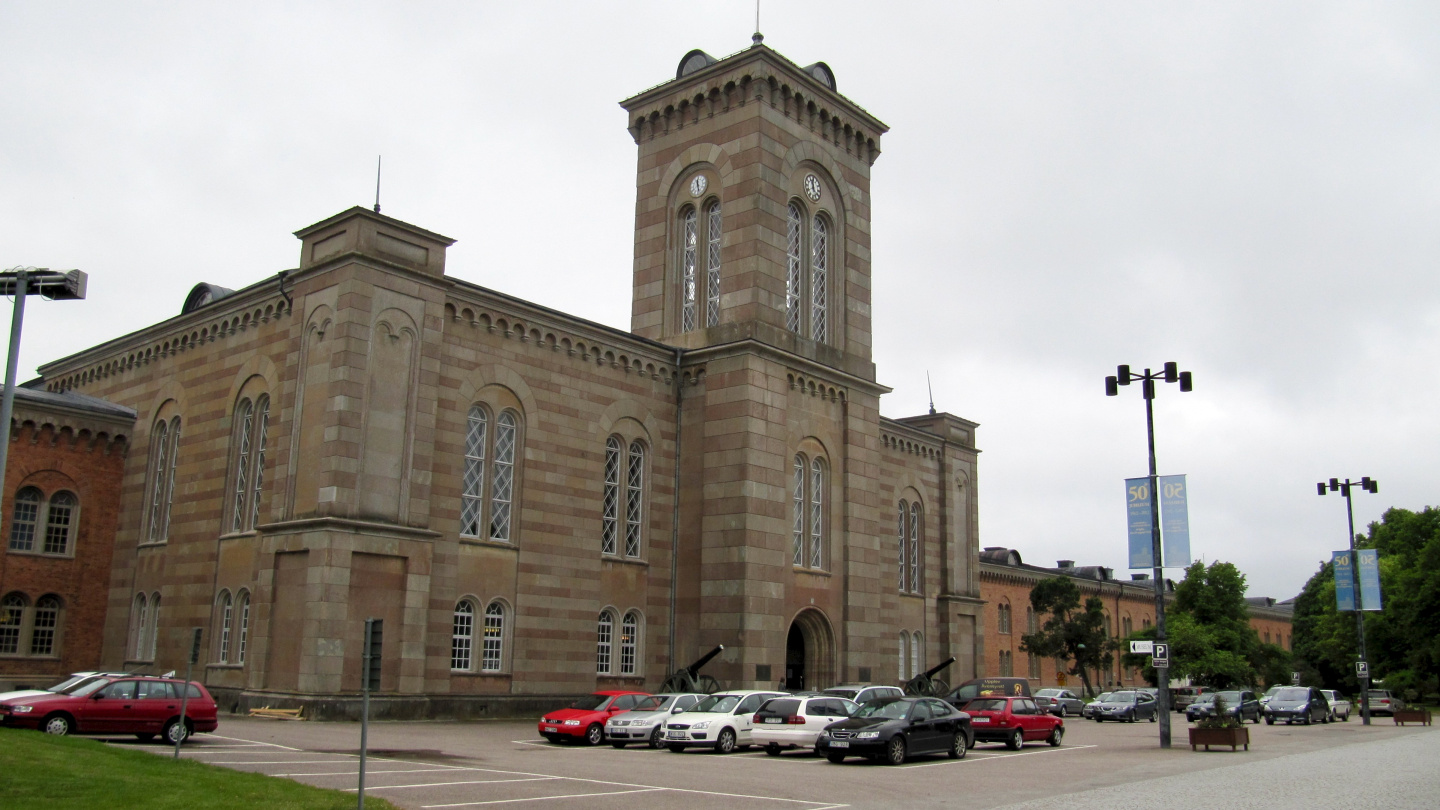
The adventure tour was really well made and fun. At first we watched the fictional movie about fortress’s life and Russian’s attack the fortress. Afterwards we ran through defence tunnels into safety from enemy and to defend ourselves. The cannons thundered, sound of the battle came from everywhere and in one of rooms even the floor trembled from the shots of cannons. Soldiers were defending in embrasures. Again the Swedish have made the stage set very well. We passed the wounded soldier in pain and another snoring in the bunk. There were built different living and working areas under the fortress. We saw workshops, pub and in the end a safehouse for Swedden’s gold reserves.
The Karlsborg fortress was built for defence of Stockholm in the 19th century. In case of successful Russian’s landfall the Royal Family, the crown jewels and nation’s gold reserves could have been transferred to safety of the fortress. In that time, in the year of 1809, the Swedish has just lost Finland to Russia in war. The border of Russia has moved closer into the island of Åland. And that worried Swedes indeed.
From the top of the defence wall we could see three defence lines built to protect Karlsborg. The construction of the fortress took 90 years from 1819 to 1909 and cost a tremendous amount of money. No wonder that the King Karl XV ironically shouted while inspecting the fortress for the first time: “What! It’s made of stone? I thought it was built of gold.” To build the fortress it took 250000 tons of limestone.
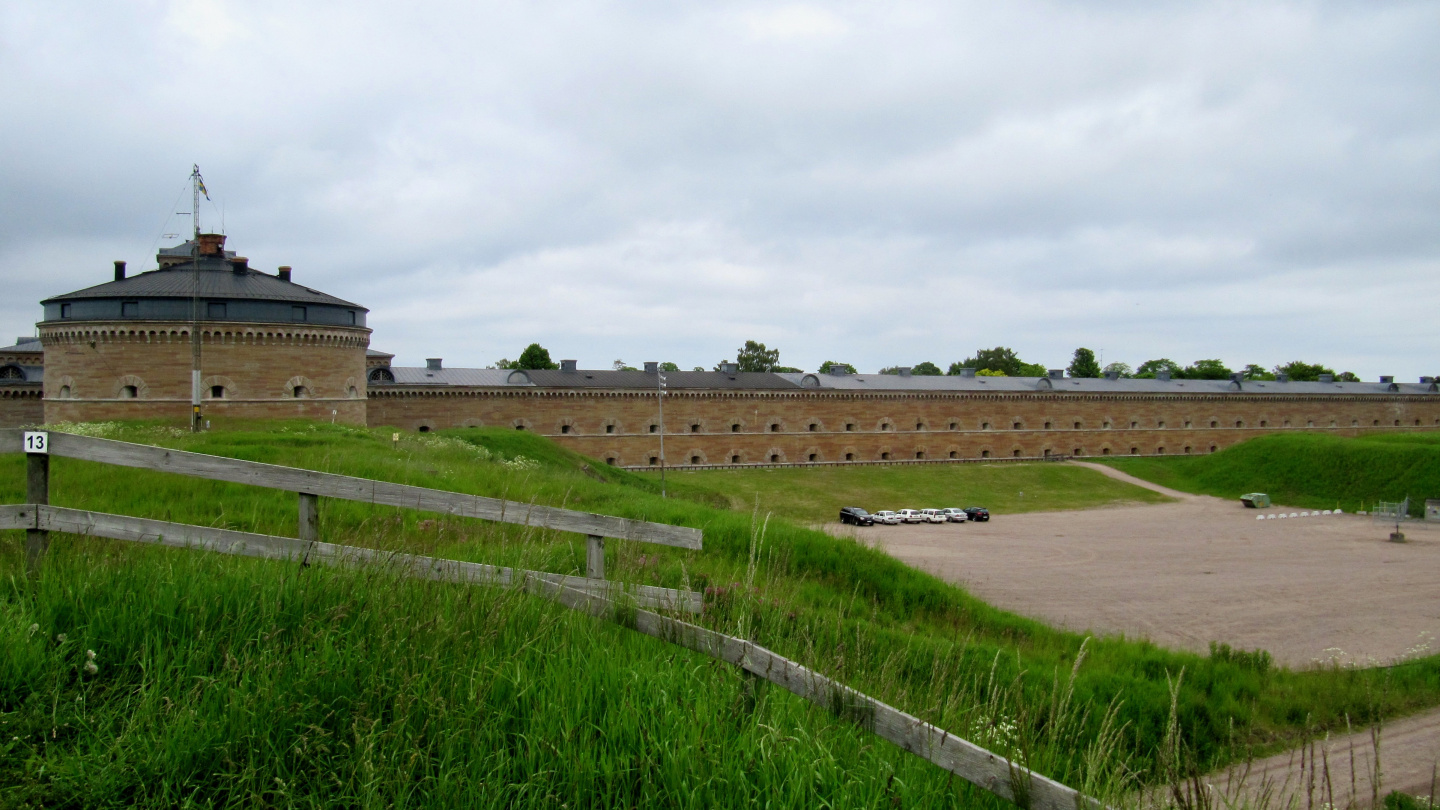
Fortunately the fortress was never used in actual battle. The adventure tour brought life to the fortress and the visit was very interesting. Without the guide tour we could not visit the dungeons and tunnels at all.
Karlsborg itself is a small locality on the western shore of lake Vättern. We spent there one night and after visiting the fortress we continued forward on the Göta canal.
Ahead of us was only one more lock upwards. The Forsvik lock is the oldest lock in the Göta canal and it was completed in 1813. Forsvik lock is also the highest single lock. We raised another 3.5 metres by the help of one thousand cubic metres of water and then we reached the highest point of the Göta canal. We were 91.8 metres above the sea level.
The tip for future Göta canal’s sailors. It is better in Forsvik to tie the boat to the right side of the lock while going up i.e. to the northern bank. We have been in all locks on the left side so we thought to do now again. As Andrus drove into the lock he noticed a huge rock bulging out from the wall on the lower left side of the lock.
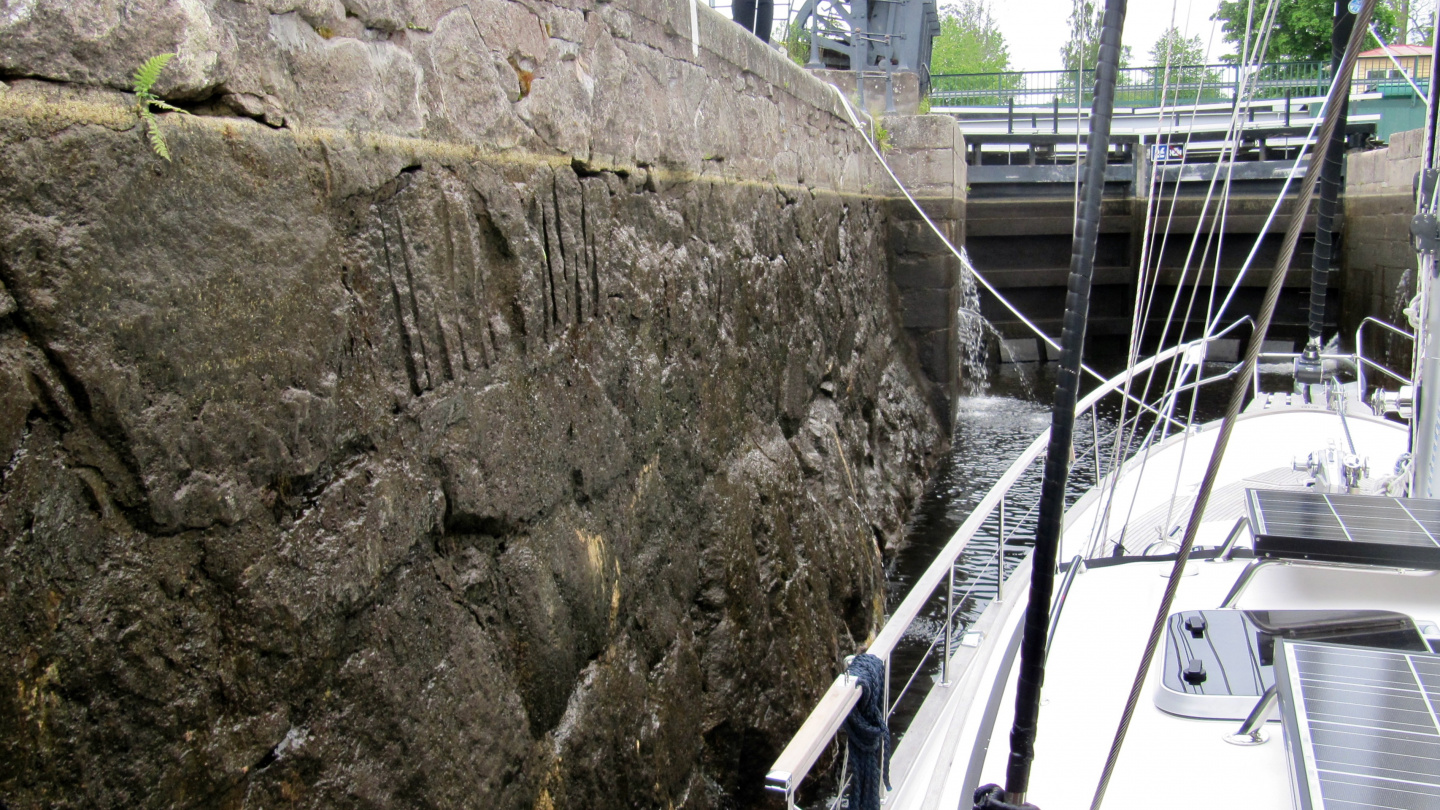
The locks are closed at 6pm and we slowly enjoyed the scenery of lake Viken. We arrived to the Tåtorp guest harbor and moored among a few other boats. From here onwards everybody will go only downwards on the locks which ever direction will be chosen.
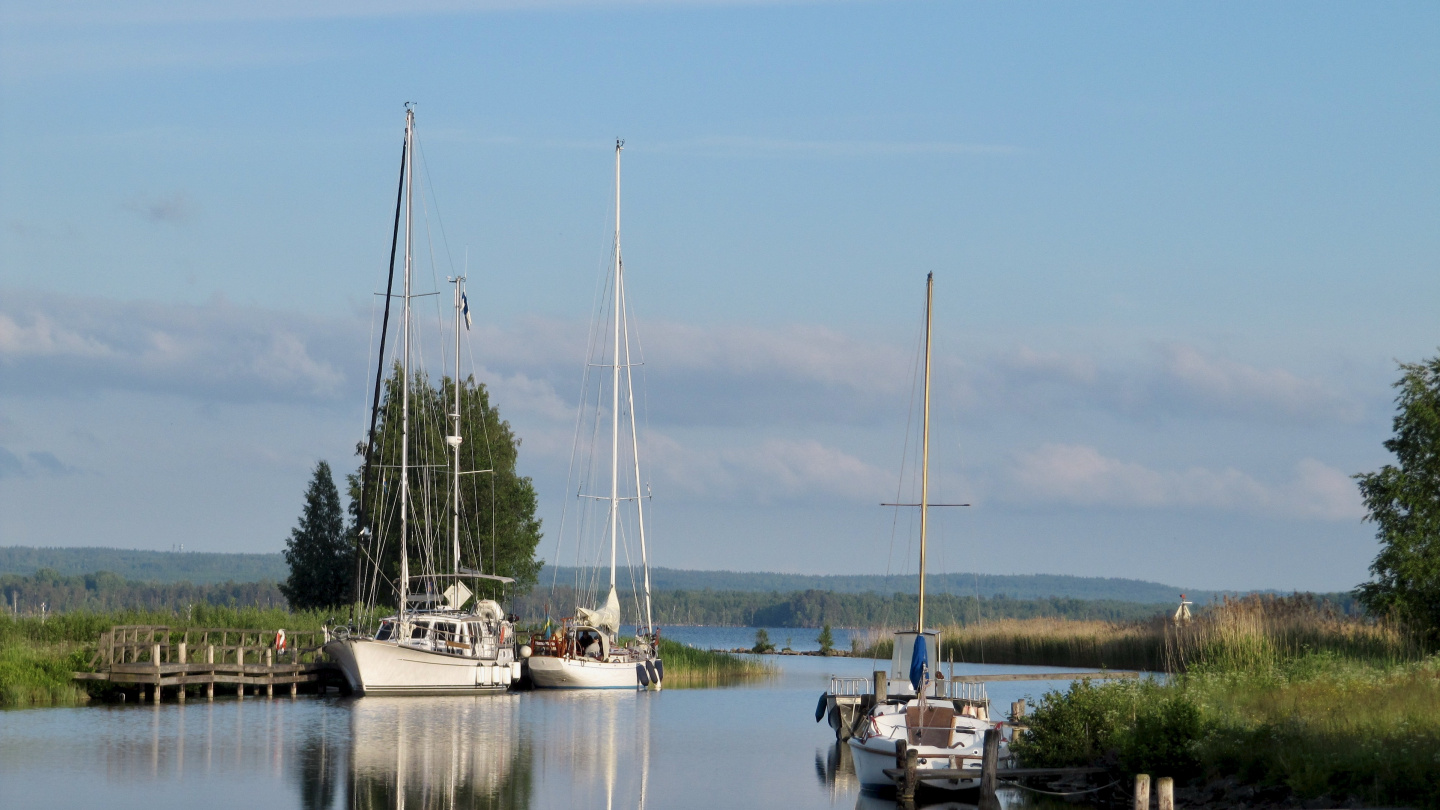
Finally it was a warm shiny summer evening and we spent a relaxing time in Suwena’s cockpit with sundowners on the “top” of the Göta canal.

